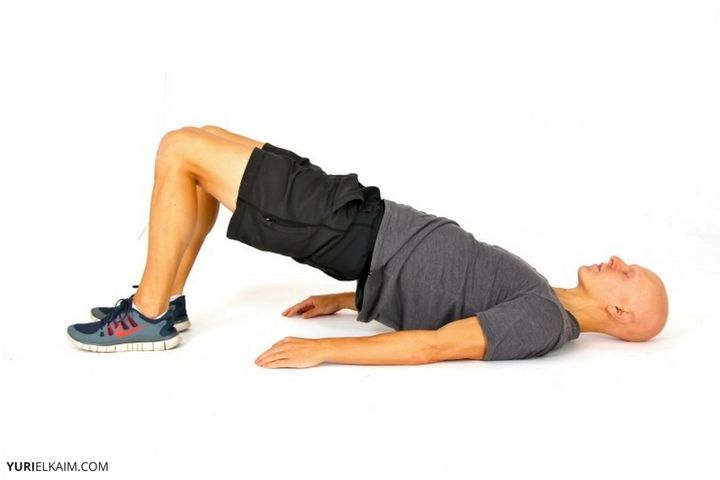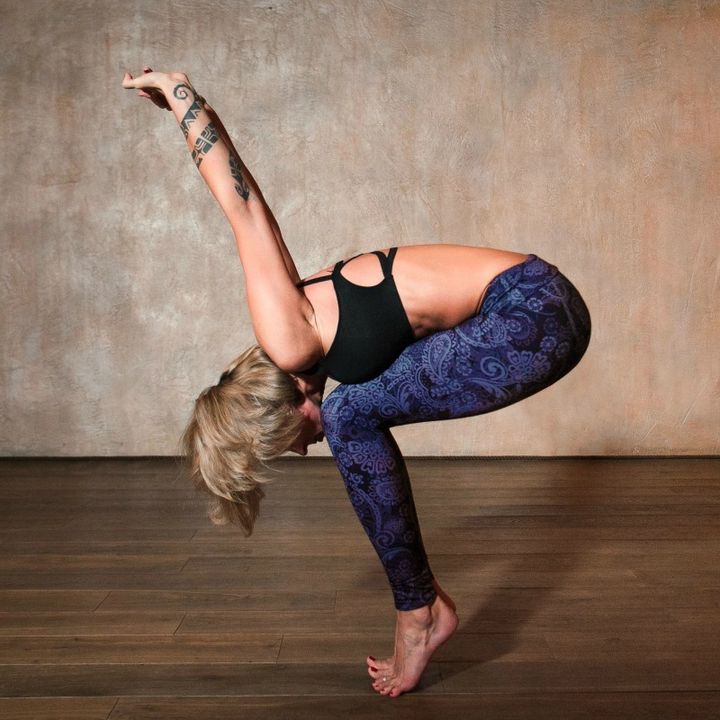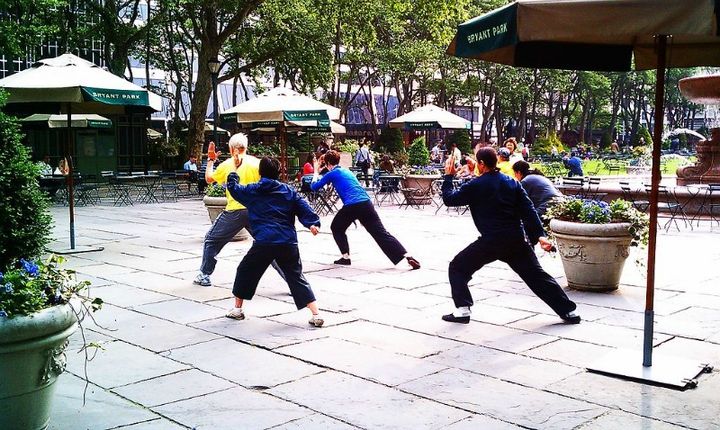The last thing many rheumatoid arthritis (RA) patients want to think about is moving more.
After all, RA is an inflammatory disease resulting in swelling, stiffness, and pain in and around the joints – our primary means of moving.
This can lead to sufferers avoiding extra movement beyond daily living activities, with the idea that this will help keep pain at bay.
However, being mostly sedentary is anything but helpful in the case of RA, as it could even make the pain worse.
Is Exercise Good for Rheumatoid Arthritis?
While rest is definitely needed for RA sufferers, exercise is also a must.
Studies have shown that exercising at least a few times a week has the ability to safely reverse rheumatoid cachexia, a condition of diminished muscle mass resulting from inactivity in people with RA.
Not to mention, studies have also found increases in range of motion, flexibility, joint mobility, and even improved mood in RA patients (1).
What exercises are the best to improve RA symptoms and help ease inflammation? Let’s dig in.
Functional Strength Training

Although many arthritis sufferers might shy away from strength training for fear of worsening achy joints, strengthening your muscles actually has the opposite effect.
As muscles become stronger, they provide more joint support. This results in less load and stress on painful joints.
Strength training also results in better function, control, and reduced bone loss from inflammation and the use of corticosteroids, the drugs often used to help ease arthritis symptoms (2).
In fact, a study showed that just 24 weeks of progressive resistance training produced “substantial improvements” in strength and physical function in rheumatoid patients (3).
Great resistance exercises for rheumatoid arthritis include functional training exercises, which work major groups and improve stability.
Squats, lunges, pushups, planks, and deadlifts are all examples of functional exercises.
The best thing about these type of exercises is that you can start a program using just your bodyweight, then progress to weights and/or resistance bands.
Swimming and Water Aerobics

Taking your workout for a swim might just be one of the best ways to exercise with RA.
The buoyancy of water takes extra weight off the body, reducing stress on the joints.
It also helps with range of motion, as you’re able to fully extend through the joints without the added weight of gravity.
However, even with all the stress lifted off your joints, water exercises still provide a fantastic resistance and aerobic workout. The resistance of water is greater than air, meaning that just walking in a pool will get your heart rate up and your muscles working.
Most fitness centers offer water walking or water aerobics classes – try incorporating these a few times a week in place of walking around the block.
Yoga

Yoga involves two essential exercises for RA patients: flexibility and resistance.
Increasing flexibility is extremely important for RA patients, as it improves joint mobility and reduces risk of injury.
This, combined with the benefits of resistance exercise, makes yoga an ideal workout for anyone with RA, from beginners to the serious athlete.
One study showed that just six weeks of yoga practice resulted in significant improvements in RA symptoms, including pain, self-efficacy, pain disability, and even depression and vitality levels (4).
Beneficial poses include downward dog, bridge pose, and child’s pose, as well as sun salutations and crescent lunges. Try to incorporate these into an hour-long sessions once or twice a week.
Tai Chi

Tai chi, an ancient form of exercise practiced by the Chinese, has shown promising results in those with arthritis.
Similar to yoga, tai chi is a safe, low-impact exercise involving gentle bodyweight resistance exercises and flexibility. Practicers transition through various gentle martial art movements, which often involve moves that help to increase range of motion and balance.
Studies have shown RA patients practicing tai chi see improvements in joint tenderness, swelling, pain, and physical function, along with “cognitive coping” improvements (5).
Biking

Biking is one of the best aerobic exercises for rheumatoid arthritis.
Unlike jogging, biking is easy on your joints while also getting your heart rate up and improving circulation. It also strengthens the leg muscles and improves core stability.
Start a routine by biking or cycling indoors for 5 to 10 minutes each day. Gradually increase your time by five-minute increments until you’re exercising for a full 30 to 60 minutes, depending on your goals.
Rheumatoid Arthritis Exercises to Avoid
While most movement is beneficial for RA sufferers, there are a few exercises studies show might aggravate arthritis.
These include high-impact exercises involving jumping, like intense sports and classic aerobics (5).
The reason we want to avoid too many high-impact exercises is because it can create jarring pressure on the joints, possibly causing already thin cartilage to break down more – which equals more inflammation and pain.
Anti-Inflammatory Foods

There are several foods to eat for arthritis that combat inflammation and pain.
These include ginger, fatty fish and omega-3 fish oil, olive oil, green tea, onion, and turmeric.
Specifically, turmeric has shown the most promise in RA symptoms, with studies revealing that it blocks inflammatory cytokines and reduces inflammation better than diclofenac, a nonsteroidal anti-inflammatory drug (NSAID) (6).
Moving Helps in the Long-Term
As you can see, the benefits of exercises for RA far outweigh any potential drawbacks.
By combining this exercises with anti-inflammatory foods, you’ll be on the path to less joint pain, inflammation, and most importantly, quality of life.
